The government job aspirants who wish to apply for the Combined Graduate Level Recruitment conducted by the Staff Selection Commission should consider the syllabus of the various subjects asked in the Tier 1 and Tier 2 exams as one of the most important aspects of the recruitment process. It provides them with the topics they need to learn and practice before appearing for the examination.
SSC CGL Syllabus
The official syllabus for these subjects is provided annually with the release of the notification. This year, the official notification for SSC CGL 2024 will be released on 11th June 2024. The candidates who wish to apply for the CGL recruitment of 2024 should start their preparations as soon as possible as the competition level is increasing every year.
In this article, let us explore all the possible topics that can be asked in the first and second stages of the written examination. To do that, we should first be familiar with the detailed exam pattern followed by the commission for each stage.
SSC CGL Tier 1 Exam Pattern & Syllabus 2024
| SSC CGL Tier 1 Exam Pattern 2024 | |||
| Subject | No. of Questions | Max. Marks | Exam Duration |
| General Intelligence and Reasoning | 25 | 50 | 60 minutes(For VH & Candidates suffering from Cerebral Palsy: 80 minutes) |
| General Awareness | 25 | 50 | |
| Quantitative Aptitude | 25 | 50 | |
| English Comprehension | 25 | 50 | |
| Total | 100 | 200 | |
As you can see in the table above, a total of 100 questions worth 200 marks will be asked with 1/4th negative marking applicable in the Tier 1 stage of SSC CGL 2024. The paper will be conducted for 1 hour and will be qualifying in nature.
| SSC CGL Tier 1 Syllabus 2024 | |
| Subject | Syllabus |
| General Intelligence and Reasoning | This component may include questions on analogies, similarities and differences, space visualization, spatial orientation, problem-solving, analysis, judgment, decision-making, visual memory, discrimination, observation, relationship concepts, arithmetical reasoning and figural classification, arithmetic number series, non-verbal series, coding and decoding, statement conclusion, syllogistic reasoning etc. The topics are Semantic Analogy, Symbolic/Number Analogy, Figural Analogy, Semantic Classification, Symbolic/Number Classification, Figural Classification, Semantic Series, Number Series, Figural Series, Problem Solving, Word Building, Coding & de-coding, Numerical Operations, symbolic Operations, Trends, Space Orientation, Space Visualization, Venn Diagrams, Drawing inferences, Punched hole/ pattern- folding& un-folding, Figural Pattern-folding and completion, Indexing, Address matching, Date & city matching, Classification of center codes/roll numbers, Small & Capital letters/numbers coding, decoding and classification, Embedded Figures, Critical thinking, Emotional Intelligence, Social Intelligence. |
| General Awareness | Questions relating to India and its neighboring countries especially pertaining to History, Culture, Geography, Economic Scene, General Policy & Scientific Research. |
| Quantitative Aptitude | Whole numbers, decimals, fractions and relationships between numbers, Percentage. Ratio & Proportion, Square roots, Averages, Interest, Profit and Loss, Discount, Partnership Business, Mixture and Alligation, Time and distance, Time & Work, Basic algebraic identities of School Algebra & Elementary surds, Graphs of Linear Equations, Triangle and its various kinds of centers, Congruence and similarity of triangles, Circle and its chords, tangents, angles subtended by chords of a circle, common tangents to two or more circles, Triangle, Quadrilaterals, Regular Polygons, Circle, Right Prism, Right Circular Cone, Right Circular Cylinder, Sphere, Hemispheres, Rectangular Parallelepiped, Regular Right Pyramid with triangular or square base, Trigonometric ratio, Degree and Radian Measures, Standard Identities, Complementary angles, Heights and Distances, Histogram, Frequency polygon, Bar diagram & Pie chart. |
| English Comprehension | Phrases and Idioms, One-word Substitution, Sentence Correction, Error SpottingFill in the Blanks, Spelling Correction, Reading Comprehension, Synonyms-Antonyms, Active Passive, Sentence Rearrangement, Sentence Improvement, Cloze Test |
SSC CGL Tier II Exam Pattern & Syllabus 2024
| SSC CGL Tier 2 Paper 1 Exam Pattern 2024 | |||||
| Section | Module | Subject | Question | Marks | Time |
| I | I | Mathematical Abilities | 30 | 90 | 1 hour |
| II | Reasoning and General Intelligence | 30 | 90 | ||
| II | I | English Language and Comprehension | 45 | 135 | 1 hour |
| II | General Awareness | 25 | 75 | ||
| III | I | Computer Knowledge Test | 20 | 60 | 15 min |
| II | Data Entry Speed Test | Typing Test | 15 min | ||
| SSC CGL Tier 2 Paper 2 & 3 Exam Pattern | |||||
| Paper 2 | Statistics | 100 | 200 | 2 hours | |
| Paper 3 | General Studies (Finance and Economics) | 100 | 200 | 2 hours | |
For Paper I, the merit will be decided on the score of the candidates in Sections I and II out of a total of 390 marks. The third section of the paper will be qualifying in nature and the marks obtained will not be added in the overall score of the candidates. There will be 1/3rd negative marking in Paper I and 1/4th negative marking in Papers II & III.
| SSC CGL Tier 2 Syllabus 2024 | |
| Subject | Syllabus |
| Mathematical Abilities |
|
| Reasoning and General Intelligence | Semantic Analogy, Symbolic operations, Symbolic/ Number Analogy, Trends, Figural Analogy, Space Orientation, Semantic Classification, Venn Diagrams, Symbolic/ Number Classification, Drawing inferences, Figural Classification, Punched hole/ pattern-folding & unfolding, Semantic Series, Figural Patternfolding and completion, Number Series, Embedded figures, Figural Series, Critical Thinking, Problem Solving, Emotional Intelligence, Word Building, Social Intelligence, Coding and de-coding, Numerical operations, Other sub-topics, if any. |
| English Language and Comprehension | Vocabulary, grammar, sentence structure, synonyms, antonyms and their correct usage; Spot the Error, Fill in the Blanks, Synonyms/ Homonyms, Antonyms, Spellings/ Detecting misspelled words, Idioms & Phrases, One word substitution, Improvement of Sentences, Active/ Passive Voice of Verbs, Conversion into Direct/ Indirect narration, Shuffling of Sentence parts, Shuffling of Sentences in a passage, Cloze Passage, Comprehension Passage.
|
| General Awareness | Questions are also designed to test knowledge of current events and of such matters of everyday observation and experience in their scientific aspect as may be expected of an educated person. The test will also include questions relating to India and its neighboring countries, especially pertaining to History, Culture, Geography, Economic Scene, General policy and scientific research |
| Computer Proficiency |
|
| Statistics | Collection, Classification and Presentation of Statistical Data; Measures of Central Tendency, Measures of Dispersion, Moments, Skewness and Kurtosis, Correlation and Regression, Probability Theory, Random Variable and Probability Distribution; Sampling Theory, Statistical Inference, Analysis of Variance, Time Series Analysis, Index Numbers |
| General Studies-Finance and Economics |
|
The details provided above present a comprehensive picture of the SSC CGL Syllabus for each stage of the selection process and for each subject asked in the exam. The candidates preparing for SSC CGL 2024 will get all the information they require about what to prepare for the exam in this article.
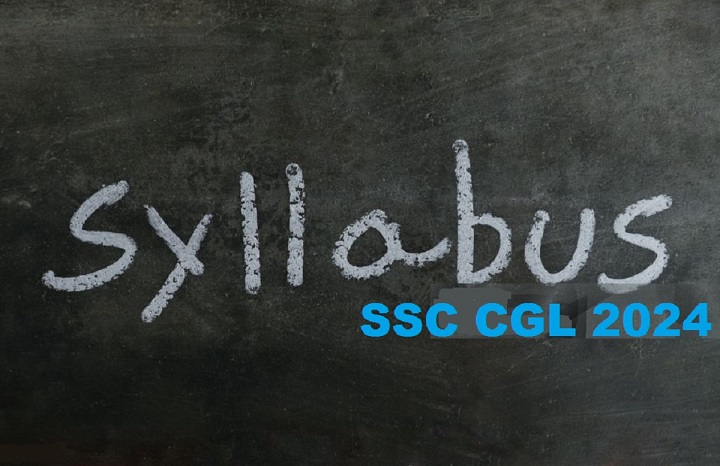
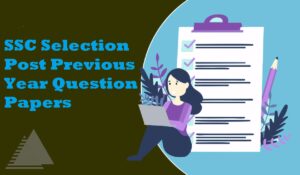
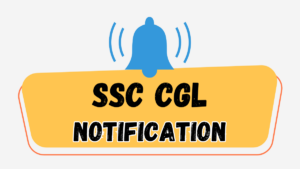
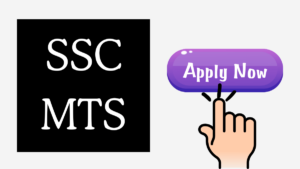
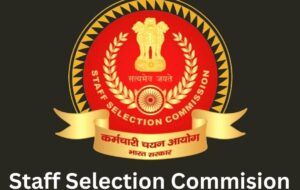
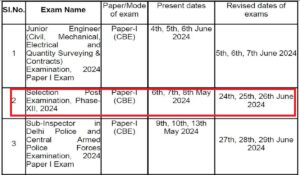
Leave a Reply